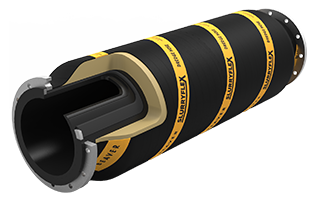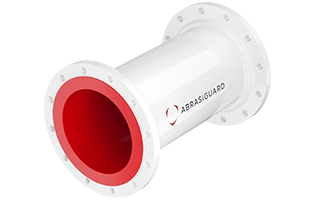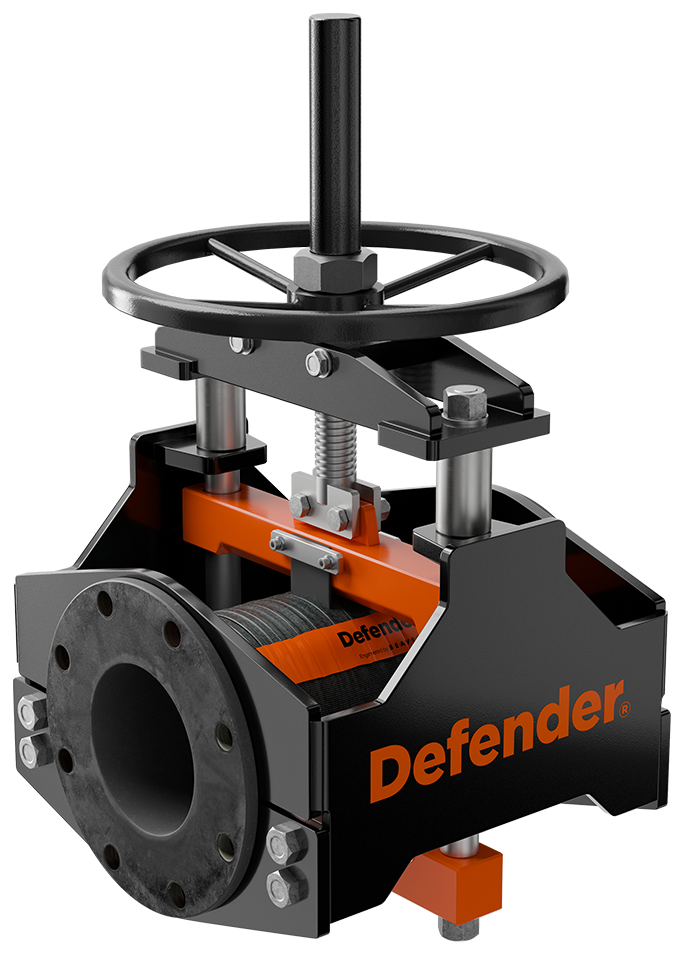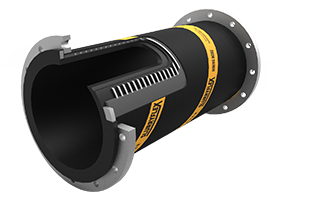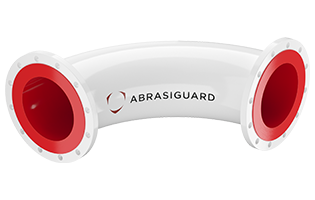Beavers customers include:





Cyclone feed lines are critical for delivering high-velocity slurry from the pump to hydrocyclones — and they take a beating. Operating under high pressure with tight bends and extreme flow, they’re one of the most failure-prone areas in any circuit.
Whether you’re managing a grinding circuit, flotation feed or tailings, Beaver’s engineered cyclone feed line systems are built to last.
Common Cyclone Feed Issues
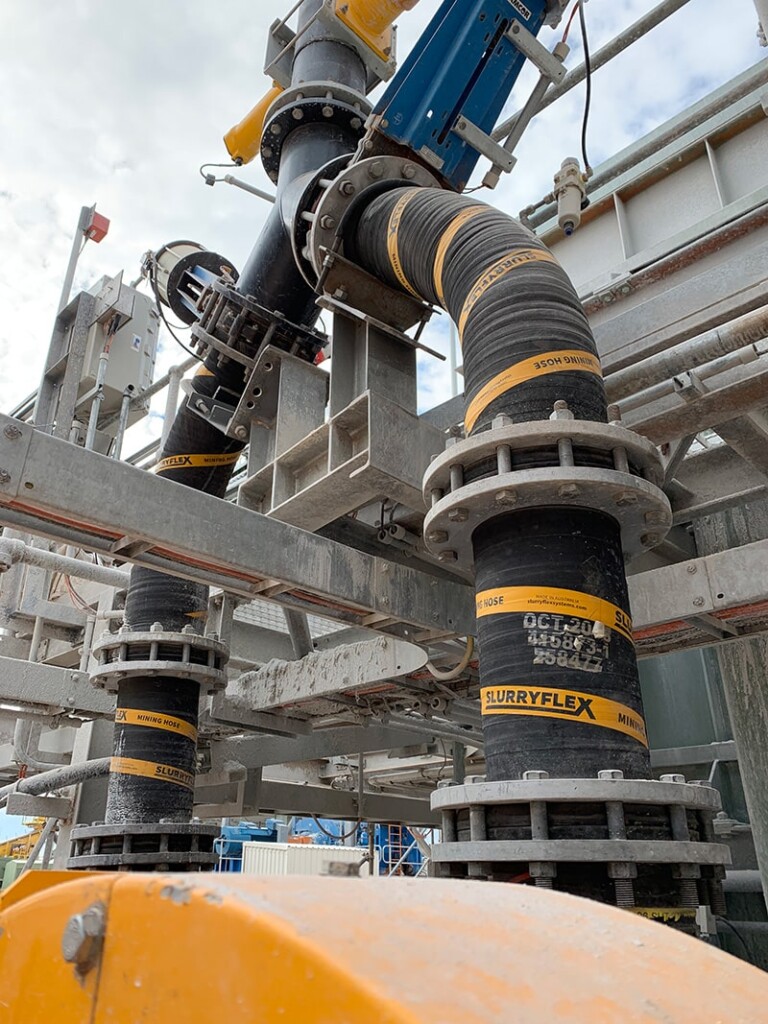

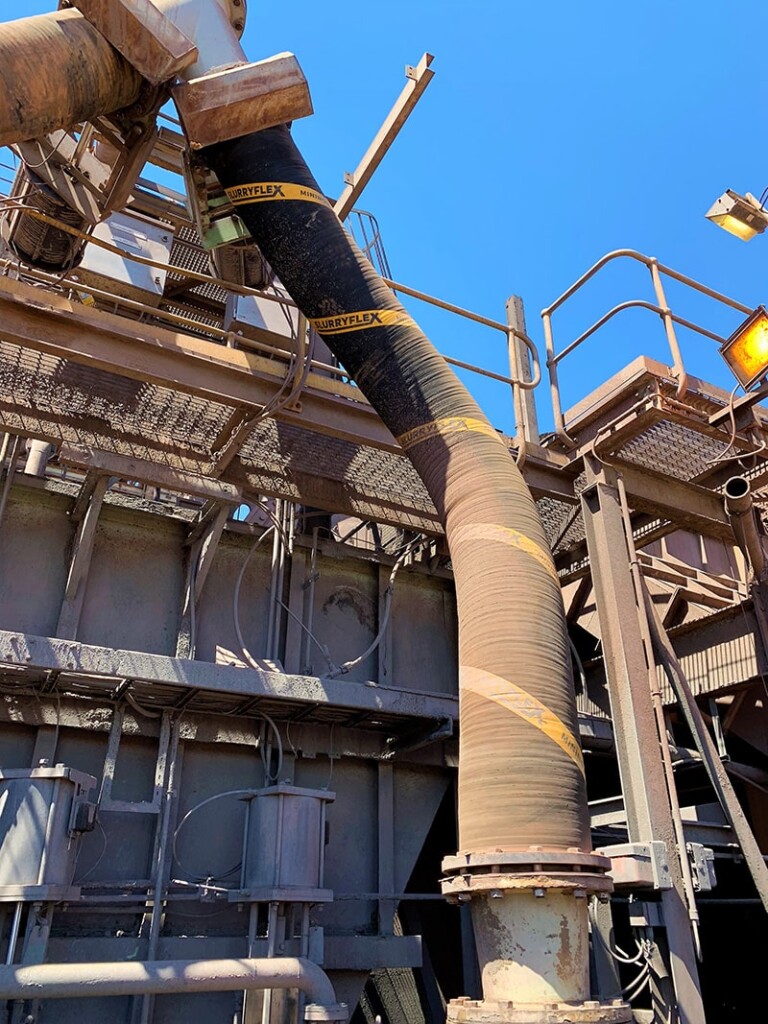
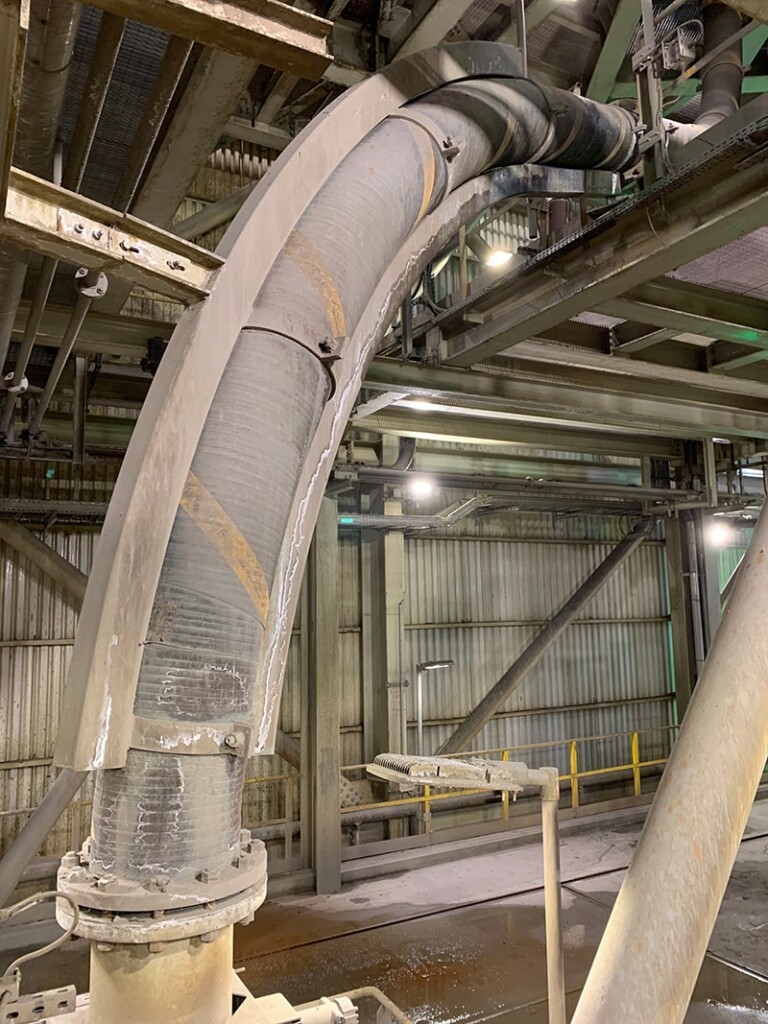
Abrasion
Misalignment

Cyclone feed lines often shift due to plant settlement, vibration, or installation issues. Rigid steel spools can’t take up this movement, creating stress points and frequent failures. Slurryflex hoses solve this by flexing to absorb misalignment. They fit quickly, save shutdown time, and cut the risk of leaks – keeping cyclone feed systems reliable and online.
Vibration

High-energy slurry flow and pump action create vibration that stresses rigid steel piping. Over time, this vibration loosens joints, accelerates wear, and causes costly unplanned downtime. Slurryflex hoses act as vibration dampeners, absorbing movement before it damages adjoining pipework, valves, or pumps. The result is a more reliable cyclone feed system with fewer shutdowns.
Velocity Errors

Incorrect pipe sizing or sharp bends in cyclone feeds create velocity hotspots where slurry impinges, eroding liners quickly. These “velocity errors” shorten wear life and force repeated fixes. Beaver addresses this with Abrasiguard lined spools, severe-duty hoses, and SlurryIQ audits that re-engineer layouts to reduce turbulence, extend wear life, and ensure feed lines last through shutdown cycles.
How Beaver Solves the Cyclone Feed Line Problem
Beaver designs feed lines that last longer and perform better than standard piping.
Why Beavers Feed Lines Perform Better
Extended wear life
Reduced unplanned downtime
Simplified on-site fit-up
Vibration impact control
Lower total maintenance
Improved system availability
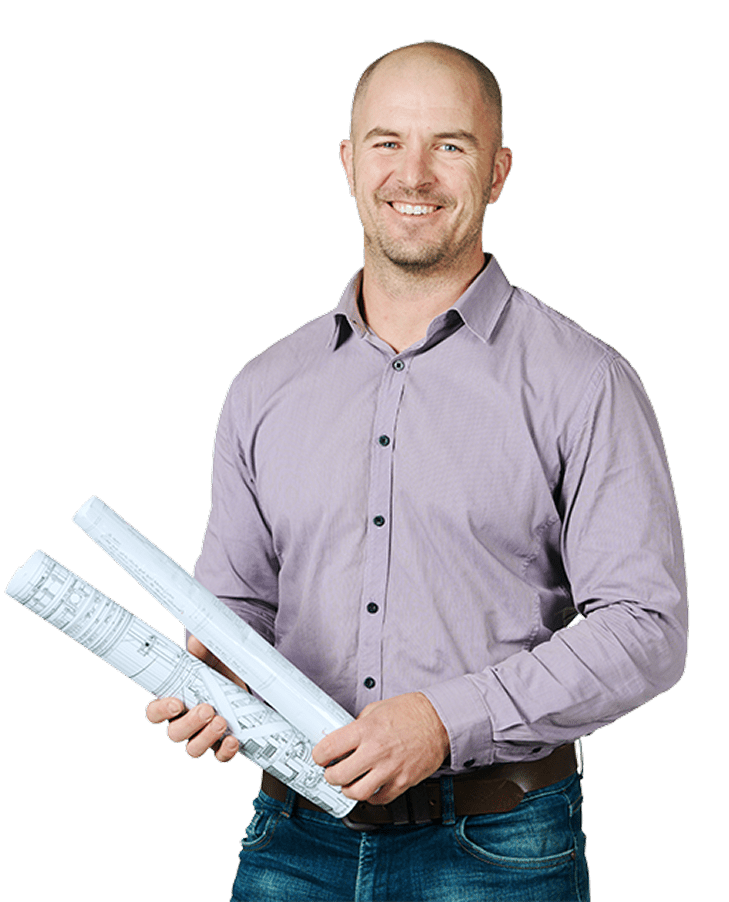
Talk to a Cyclone Feed Line Specialist
One of our engineers can help you design a longer-lasting, better-performing cyclone feed line.
"*" indicates required fields








